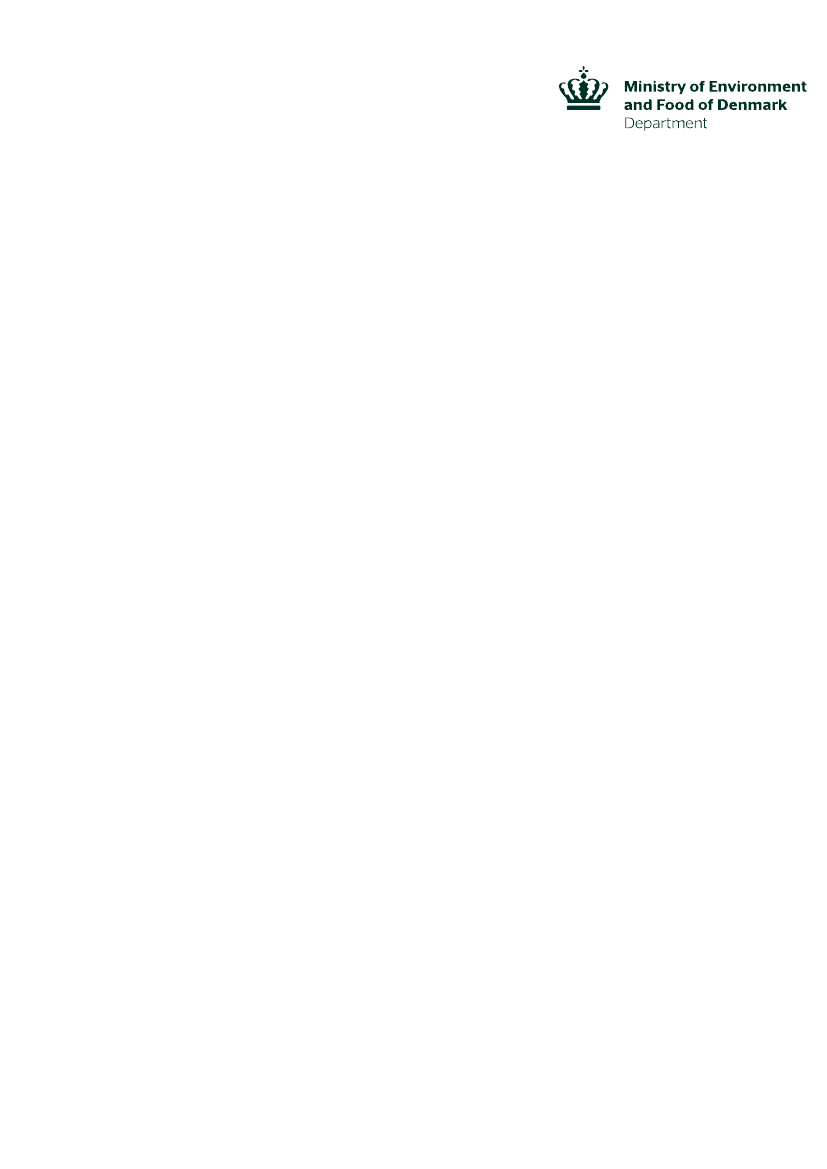
Derogation Report 2018
Danish Report
in accordance with the
Commission Decisions
2005/294/EC, 2008/664/EC,
2012/659/EU, 2017/847/EU,
and (C(2018) 8081)
March 2019
Ministry of Environment and Food of Denmark
Department
Slotsholmsgade 12
DK-1216 Copenhagen K